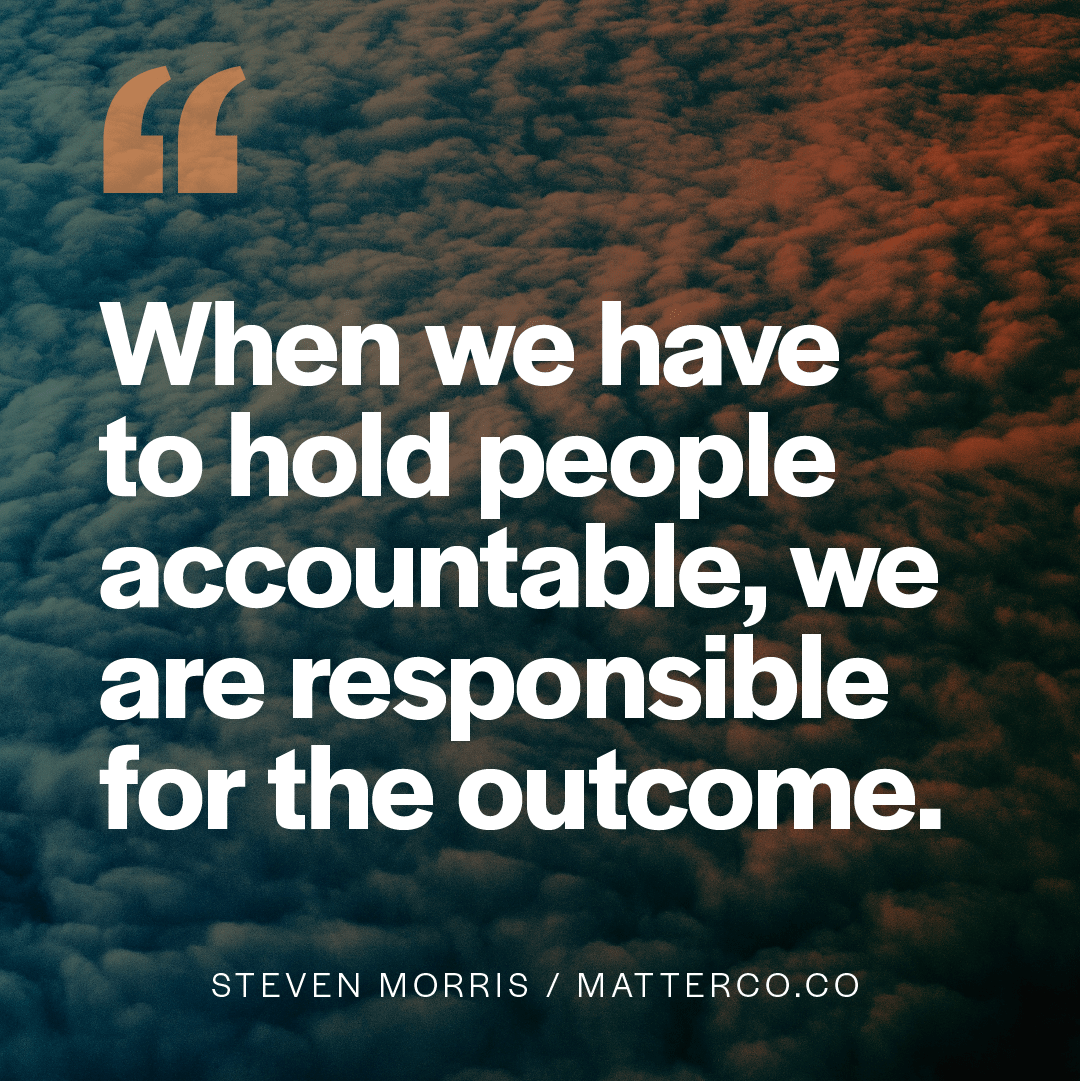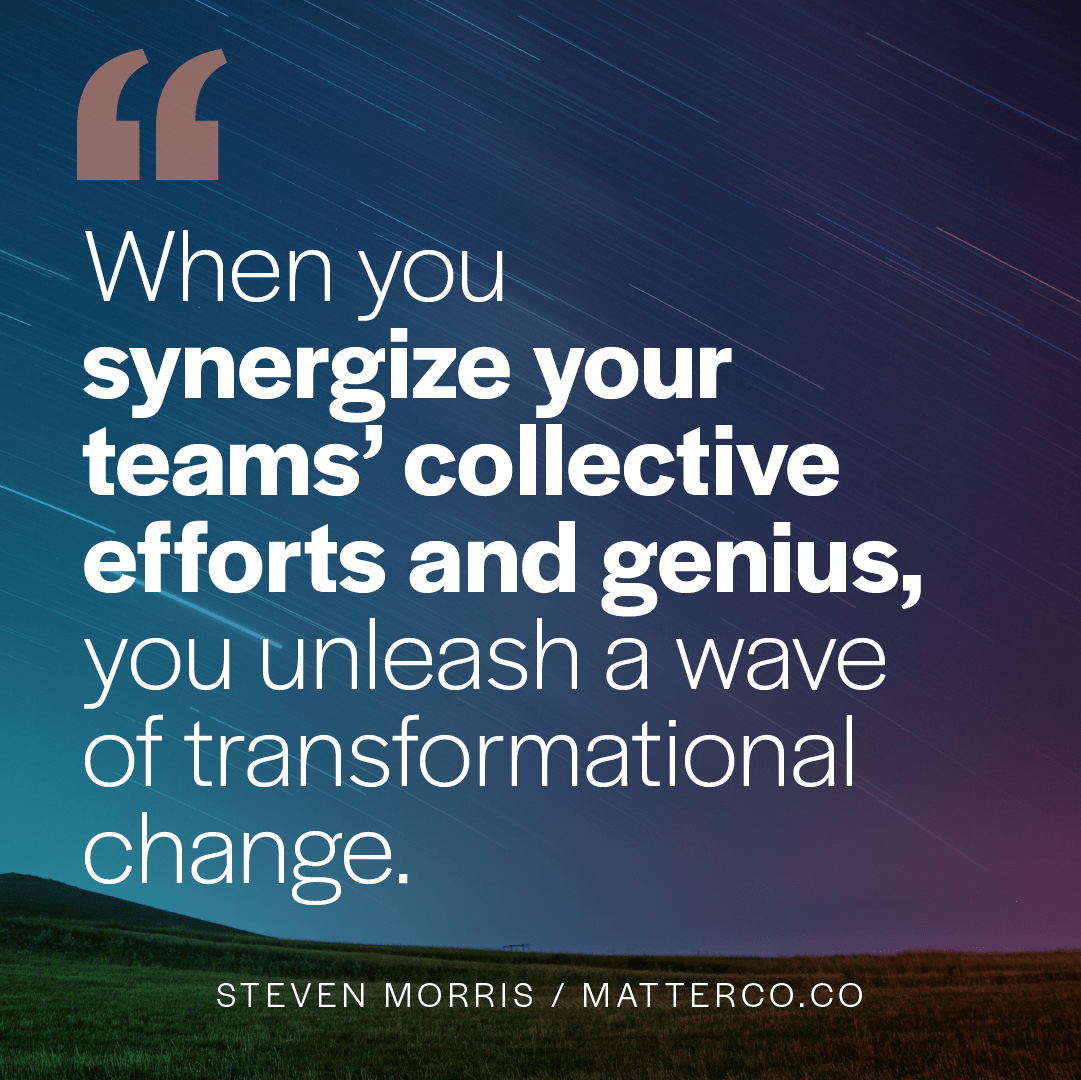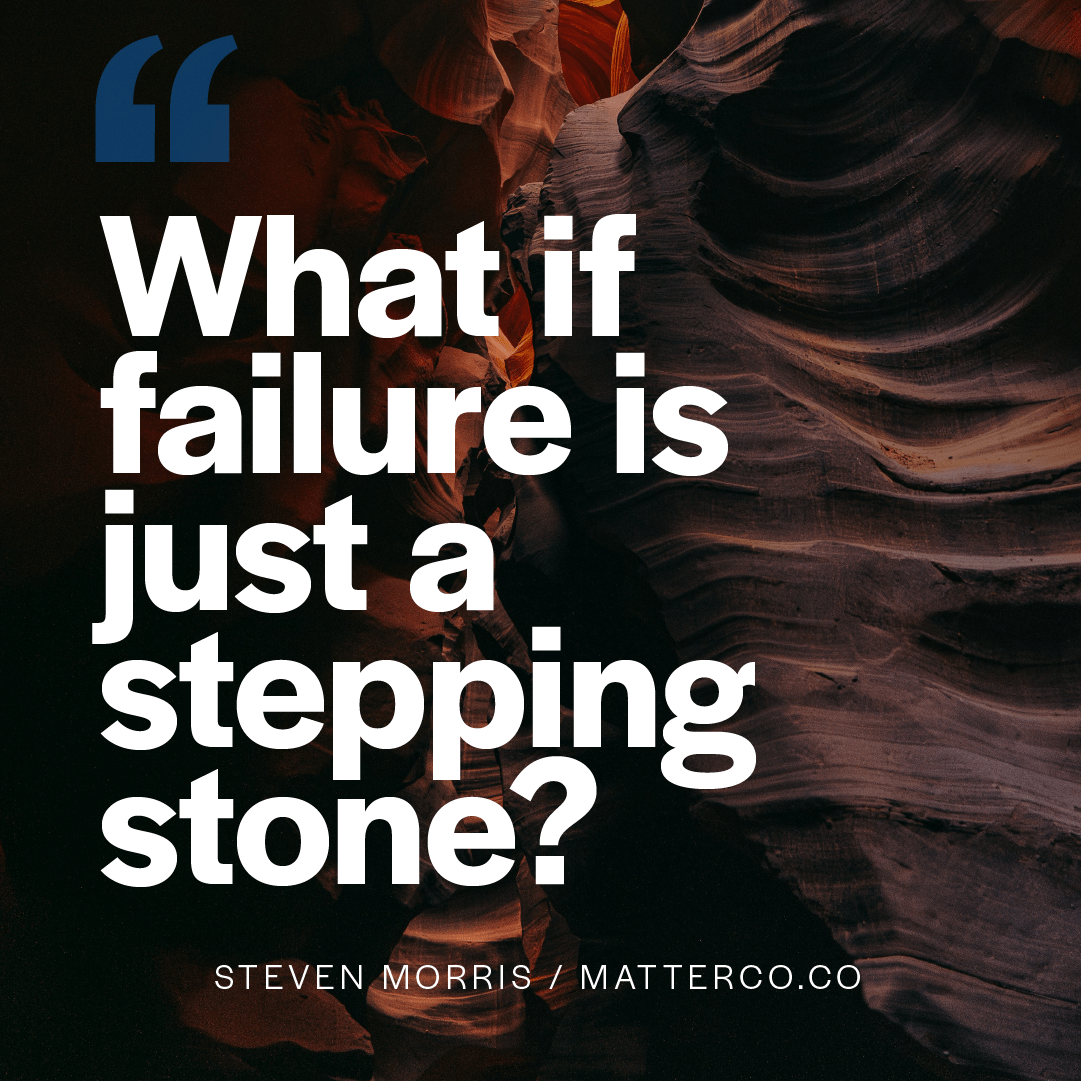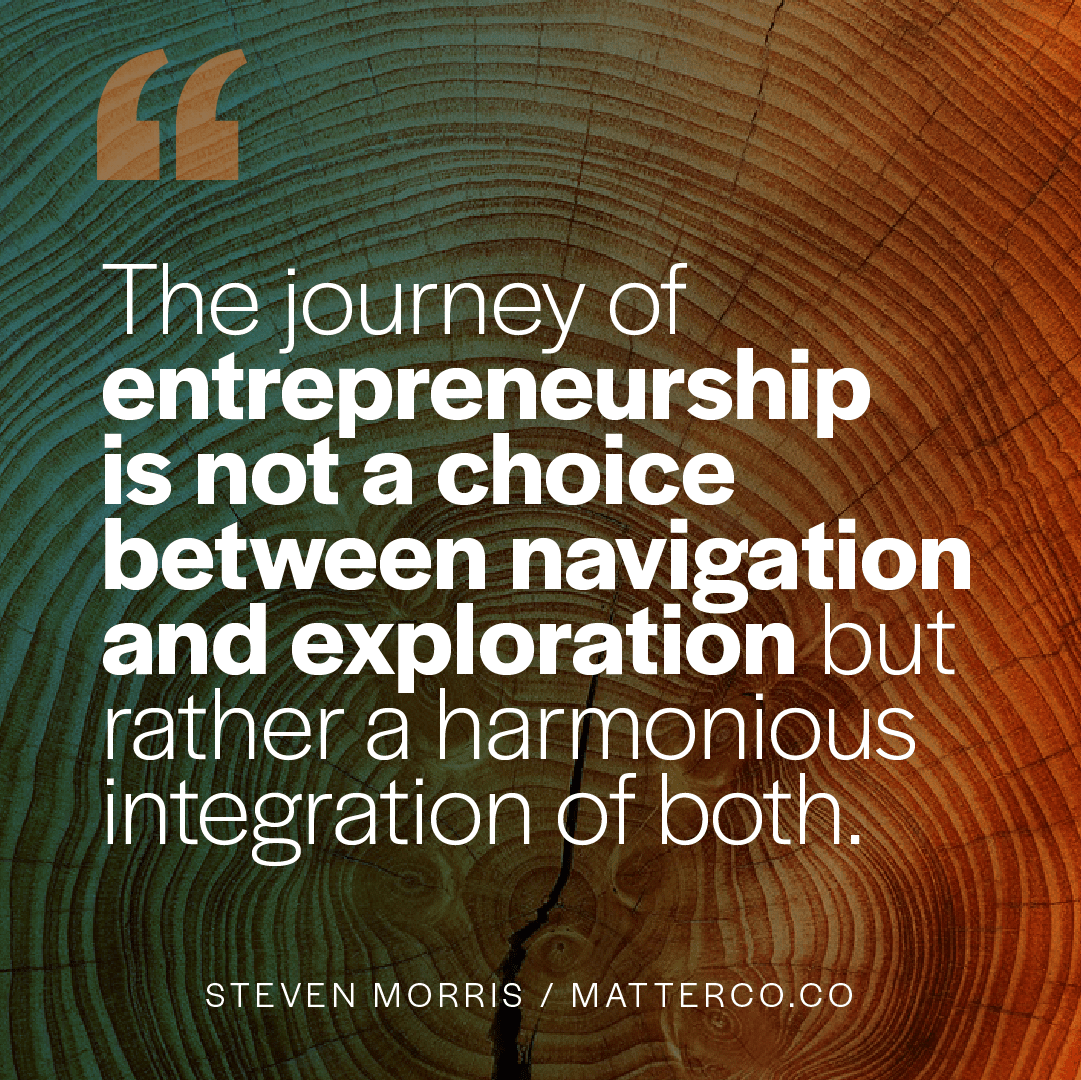
Turning Your Trust Flywheel
We recently watched MadMen; all 92 episodes. If you’ve seen it — either partially or the series in its entirety — you know it’s a beautiful train wreck that shines the spotlight on a golden age of advertising in the 1960s.
Back then, if businesses wanted to reach customers, they advertised — big companies on TV, small companies in newspapers. This allowed exceptional and average products to reach audiences.
But times have changed.
Now, we ignore ads or block them (digitally or mentally) almost completely. As conventional ads became less and less effective, businesses turned to digital and social platforms to promote their products. In the early days of digital, eye-balls and clicks were the currency of ad spends. But, clicks don’t promise customers, let alone loyalty.
Knowing this doesn’t curtail us from spending the vast majority of our resources trying to reach prospects and we invest comparatively little to convert or retain them. In a study by Econsultancy, for every $92 we spend on awareness of our brand, products, or services, we spend a mere $1 on converting them to customers.
Is there a wiser way?
We buy things that our friends and family recommend. We shop and eat at places that trusted people refer us to. We get our coffee, our chocolate, our vegetables, our clothes, our RVs, our binge-worthy shows from sources we trust.
Word-of-Mouth marketing is the most trusted form of marketing. Here are some stats:
- 70% of people trust consumer reviews online. [HubSpot]
- 74% of consumers identify word-of-mouth as a key influencer in their purchasing decision. [Ogilvy Cannes]
- 72% of people get news from friends and family, making word-of-mouth the most popular channel for sharing. [Pew Research Center]
- According to a Nielsen report, 92% of people trust word-of-mouth or referrals from those they know, above all other advertising.
We trust in our relationships. We do things we see others doing because it’s safe. We always have and always will.
Word-of-Mouth is ultimately about building trust. A Trust Flywheel is designed to use the goodwill your brand earns to efficiently store and recapture relational energy. Here are six steps to create and turn your Trust Flywheel.
- Place care for people, over conversions. (But both matter)
- Make a highly useful product or highly valuable service — make it the best in the market.
- Tell people (#1) a story (#2) that reinforces what the value is for them.
- Provide social proof — demonstrate that you are trustable.
- Make it easy for people to tell and retell your story.
- Thank them for purchasing by caring for them as a customer.
Then, simply repeat and rejuvenate the earned trust.
Used efficiently your Trust Flywheel beats advertising all day, every day.
If you want a more trusting team, a culture of belonging or a magnetic brand that attracts more of the right customers, I can help. If you'd like to explore if working together makes sense, drop me a line.







